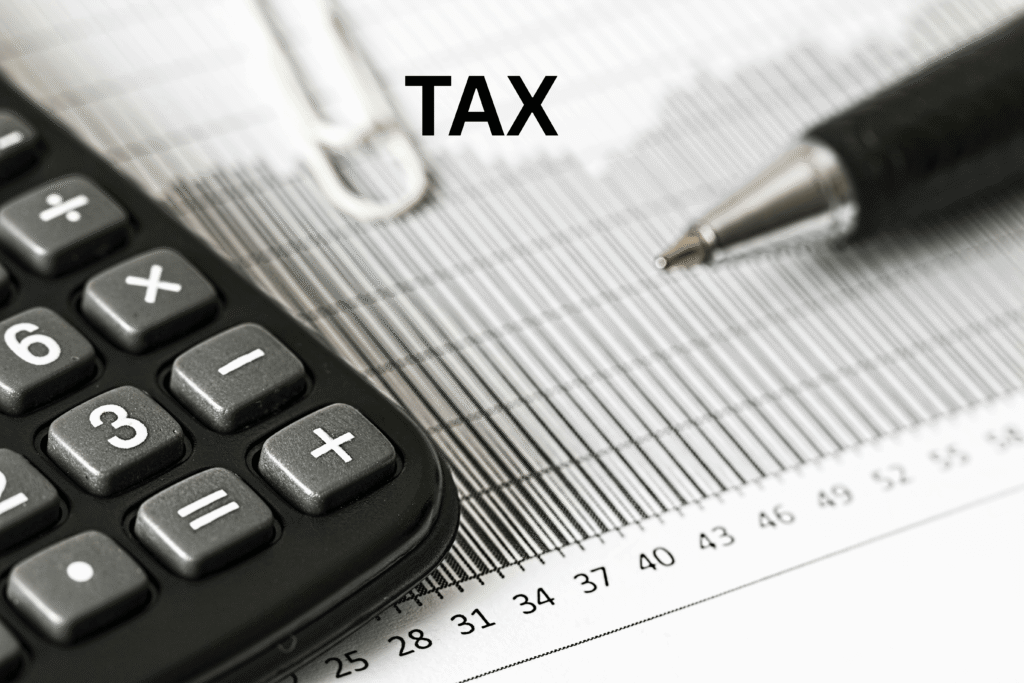Know the changes made in ITR Filing 2025
There’s quite a bit that’s changed for Income Tax Returns this year! If you’re filing for Assessment Year 2025-26 (Financial Year 2024-25), you’ll notice several updates in the ITR forms recently notified by the Income Tax Department. These revisions reflect the key announcements made in Budget 2024, so it’s important to stay informed before you get started.

Several key updates in the ITR forms (ITR-1 to ITR-7) based on the changes announced in Budget 2024 are set to shape how you file your returns this year. Whether you’re a salaried individual, a freelancer, a small business owner, or someone with capital gains, these changes could impact your filing process significantly.
Let’s walk through everything you need to know.
What’s New in ITR Filing for 2025?
- New tax regime – Zero tax on income up to Rs 12 lakh In the 2025-26 Union Budget, the government gave a big relief, i.e., zero tax on income up to Rs 12 lakh under the new tax regime.
- Easier Compliance for Small Taxpayers
Good news if you’re a small taxpayer with modest capital gains! Individuals (salaried or non-salaried) and businesses with up to ₹1.25 lakh in long-term capital gains (LTCG) under Section 112A from equity mutual funds or shares can now use the simpler ITR-1 or ITR-4 form. Why does this matter? Because LTCG up to ₹1.25 lakh in FY 2024–25 is tax-free, and now, you won’t need to shift to more complex ITR forms just to report them. This change simplifies filing for a huge number of taxpayers. - No More Aadhaar Enrolment ID’s Here’s something you’ll have to check before starting:
If you’ve been using your Aadhaar enrolment ID to file your return, that won’t work anymore in ITR-1, 2, 3, and 5. From now on, only a valid Aadhaar number will be accepted. So make sure your Aadhaar is updated and linked before filing. - Revised Capital Gains Tax Rates
New capital gains tax rates declared in Budget 2024 will apply when filing returns in 2025. Accordingly, the capital gains tax rates on transactions done on or after July 23, 2024, are as follows: - Short-Term Capital Gains (STCG) under Section 111A : Taxed at 20% (up from 15%)
- Long-Term Capital Gains (LTCG) under Sections 112 and 112A: Now taxed at 12.5% without indexation
- Share Buybacks Will Be Taxed as Dividends
Starting October 1, 2024, buyback proceeds will no longer be taxed at the company level. Instead, the amount will be treated as dividends in your hands. This means you’ll need to declare these proceeds under “Income from Other Sources”.
What are the new elements in ITR – 2025?
Here are some of the standout additions and revisions:
- Asset & Liability Reporting Threshold: Increased from ₹50 lakh to ₹1 crore in Schedule AL
- Unlisted Bonds: Now taxed as STCG under Section 50AA
- Buyback Reporting: Gains to be reported as dividends in Schedule OS
- Cruise Ship Operators: New fields under Section 44BBC
- Disability Certificate Details: Required under Sections 80DD and 80U
- Capital Gains Schedule: Now split between gains before and after July 23, 2024
- TDS Section Reporting: Schedule TDS will now capture the specific section under which tax was deducted
Great News for Salaried Individuals!
Filing Your Income Tax Return Just Got Simpler.
The government has introduced a digital version of Form 16, making tax return filing faster, easier, and error-free. Form 16 contains all your salary-related information. Now, instead of manually entering salary-related details, you can simply upload the digital Form 16 on the Income Tax Department’s website.
Once uploaded, your Salary, TDS, Deductions under 80C, and other key information will be auto-filled, saving you time and reducing the chance of mistakes.
Changed jobs during the year? No problem, you can upload Form 16s from both employers. This seamless process not only simplifies filing but also ensures quicker refunds. Say goodbye to the hassle and hello to smarter tax filing!
Opting In or Out of the New Tax Regime? Confirm It
For taxpayers filing ITR-3, 4, or 5, there’s a new step : You’ll need to declare whether you’re opting out of the new tax regime, and confirm if Form 10-IEA was filed in earlier years. This form is essential if you have business or professional income and want to switch back to the old tax regime. It applies to individuals, HUFs, AOPs (except cooperative societies), BOIs, and AJPs.
Conclusion
As the changes are already informed by Income Tax Department, from revised tax rates to simplified filing for small taxpayers and a host of updates in the ITR forms, this year’s return calls for a little extra attention. Keep your documents ready, understand the applicable changes, and check the official release of e-filing utilities by the Income Tax Department.
We’ll keep updating you with the latest as things roll out. Until then, start prepping – a smoother tax season starts with smart planning. For the latest updates and quick insights on such topics, keep visiting our website.
Disclaimer :
This article is for general informational purposes only and does not constitute financial, legal or professional advice. Readers are advised to verify any details with the official Income Tax Department website.
